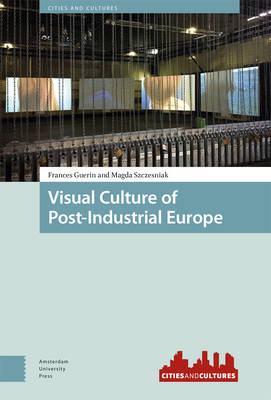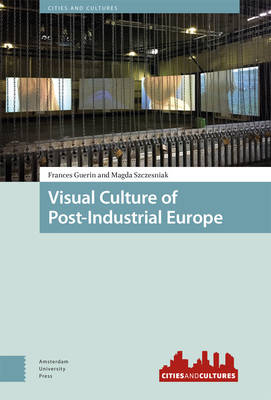
- Afhalen na 1 uur in een winkel met voorraad
- Gratis thuislevering in België vanaf € 30
- Ruim aanbod met 7 miljoen producten
- Afhalen na 1 uur in een winkel met voorraad
- Gratis thuislevering in België vanaf € 30
- Ruim aanbod met 7 miljoen producten
Zoeken
Visual Culture of Post-Industrial Europe
€ 195,95
+ 391 punten
Omschrijving
Visual Culture of Post-Industrial Europe investigates visual cultural projects in Europe from the 1970s onwards in response to industrial closures, resultant unemployment, diminished social services and shattered identities. Typically, art and visual cultural creations at one-time thriving European heartlands strive to make the industrial past visible, negotiable, and re-imaginable. Authors discuss varied and multiple types of art and visual culture that remember the sometimes-invisible past, create community in the face of social disintegration, and navigate the dissonance between past and present material reality. They also examine art and visual objects at post-industrial European sites for their aesthetic, historical, and sociological role within official and unofficial, government and community regeneration and re-vitalisation efforts. Sites range from former coal and steel plants in Duisburg, through shipyards and harbours of Gdansk and Hamburg, a Moscow paper factory and textile factories in Albania, to still-functioning Croatian metalworks.
Specificaties
Betrokkenen
- Uitgeverij:
Inhoud
- Aantal bladzijden:
- 408
- Taal:
- Engels
- Reeks:
Eigenschappen
- Productcode (EAN):
- 9789048560097
- Verschijningsdatum:
- 11/06/2024
- Uitvoering:
- Hardcover
- Formaat:
- Genaaid
- Afmetingen:
- 155 mm x 236 mm
- Gewicht:
- 839 g

Alleen bij Standaard Boekhandel
+ 391 punten op je klantenkaart van Standaard Boekhandel
Beoordelingen
We publiceren alleen reviews die voldoen aan de voorwaarden voor reviews. Bekijk onze voorwaarden voor reviews.










